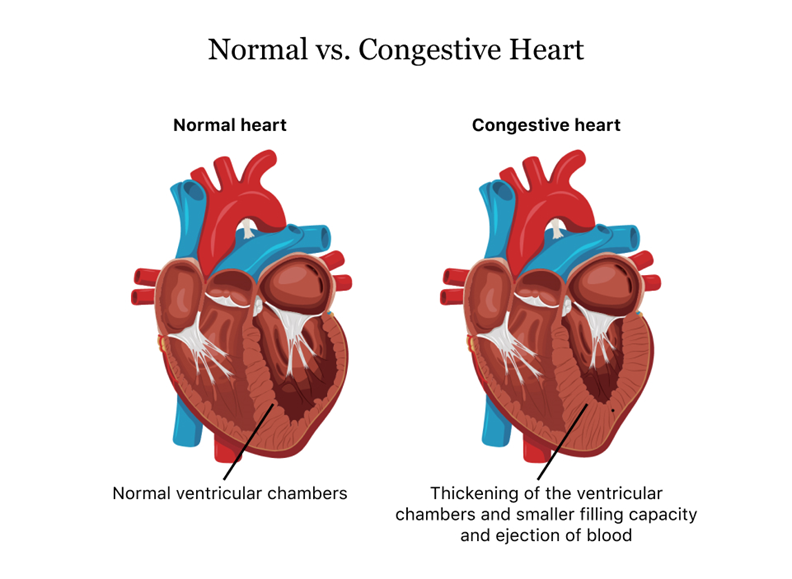A nurse is caring for a postoperative client. Which intervention should the nurse identify as important to prevent postoperative pulmonary complications?
Place suction equipment at the bedside.
Administer a prophylactic expectorant.
Encourage the use of an incentive spirometer.
Perform range of motion exercises.
The Correct Answer is C
Choice A Reason:
Place suction equipment at the bedside is incorrect. While having suction equipment available is important for emergency situations, it does not directly prevent postoperative pulmonary complications. Suction equipment is used to clear the airway if the client has difficulty breathing or if there is an obstruction.
Choice B Reason:
Administer a prophylactic expectorant is incorrect. Prophylactic expectorants can help in managing secretions, but they are not the primary intervention for preventing postoperative pulmonary complications. The main goal is to promote lung expansion and prevent atelectasis.
Choice C Reason:
Encourage the use of an incentive spirometer is correct. Using an incentive spirometer encourages deep breathing and lung expansion, which helps prevent atelectasis and other postoperative pulmonary complications. It is a key intervention in postoperative care to maintain optimal lung function.
Choice D Reason:
Perform range of motion exercises is incorrect. While range of motion exercises are important for preventing musculoskeletal complications and promoting circulation, they do not directly prevent pulmonary complications. The focus for pulmonary health is on lung expansion and clearing secretions.
Nursing Test Bank
Naxlex Comprehensive Predictor Exams
Related Questions
Correct Answer is B
Explanation
Choice A reason: Metabolic acidosis is characterized by a decrease in blood pH due to an accumulation of acids or a loss of bicarbonate. It can result from conditions such as diabetic ketoacidosis, renal failure, or severe diarrhea. However, it is not typically associated with opioid overdose. Opioid overdose primarily affects the respiratory system, leading to hypoventilation and respiratory acidosis.
Choice B reason: Respiratory acidosis occurs when there is an accumulation of carbon dioxide (CO2) in the blood due to hypoventilation. Opioid overdose depresses the central nervous system, leading to decreased respiratory rate and depth, which causes CO2 retention. This results in a decrease in blood pH, leading to respiratory acidosis. Symptoms may include confusion, lethargy, and shortness of breath.
Choice C reason: Respiratory alkalosis is characterized by a decrease in blood CO2 levels due to hyperventilation. It can occur in conditions such as anxiety, fever, or high altitude. Opioid overdose, however, causes hypoventilation rather than hyperventilation, making respiratory alkalosis an unlikely outcome.
Choice D reason: Metabolic alkalosis is characterized by an increase in blood pH due to an accumulation of bicarbonate or a loss of acids. It can result from conditions such as prolonged vomiting, diuretic use, or excessive bicarbonate intake. Opioid overdose does not typically lead to metabolic alkalosis. The primary concern with opioid overdose is respiratory depression and the resulting respiratory acidosis.
Correct Answer is B
Explanation
Choice A Reason:
Cardiac monitoring involves the continuous observation of the heart’s electrical activity, typically using an electrocardiogram (ECG). While cardiac monitoring is essential for detecting arrhythmias and other cardiac events, it does not directly measure fluid retention. Fluid retention in CHF patients can lead to symptoms such as edema and weight gain, which are not directly assessed through cardiac monitoring.
Choice B Reason:
Daily weight measurement is a reliable and practical method for assessing fluid retention in clients with congestive heart failure. Fluid retention leads to an increase in body weight, and monitoring daily weight changes can help detect fluid accumulation early. A sudden weight gain of more than 2-3 pounds in a day or 5 pounds in a week is a significant indicator of fluid retention and worsening heart failure. This method is non-invasive, easy to perform, and provides valuable information for managing CHF.

Choice C Reason:
Blood pressure monitoring is crucial for managing clients with CHF, as hypertension can exacerbate heart failure. However, blood pressure readings alone do not provide a direct measure of fluid retention. While fluid overload can affect blood pressure, it is not a specific or sensitive indicator of fluid status. Blood pressure monitoring should be used in conjunction with other assessment tools to manage CHF effectively.
Choice D Reason:
Urine output measurement is an important parameter for assessing kidney function and fluid balance. In clients with CHF, reduced urine output can indicate worsening heart failure and fluid retention. However, urine output alone may not provide a complete picture of fluid status, especially if the client is on diuretic therapy. Daily weight measurement remains a more direct and reliable method for assessing fluid retention in CHF patients.
Whether you are a student looking to ace your exams or a practicing nurse seeking to enhance your expertise , our nursing education contents will empower you with the confidence and competence to make a difference in the lives of patients and become a respected leader in the healthcare field.
Visit Naxlex, invest in your future and unlock endless possibilities with our unparalleled nursing education contents today
Report Wrong Answer on the Current Question
Do you disagree with the answer? If yes, what is your expected answer? Explain.
Kindly be descriptive with the issue you are facing.
